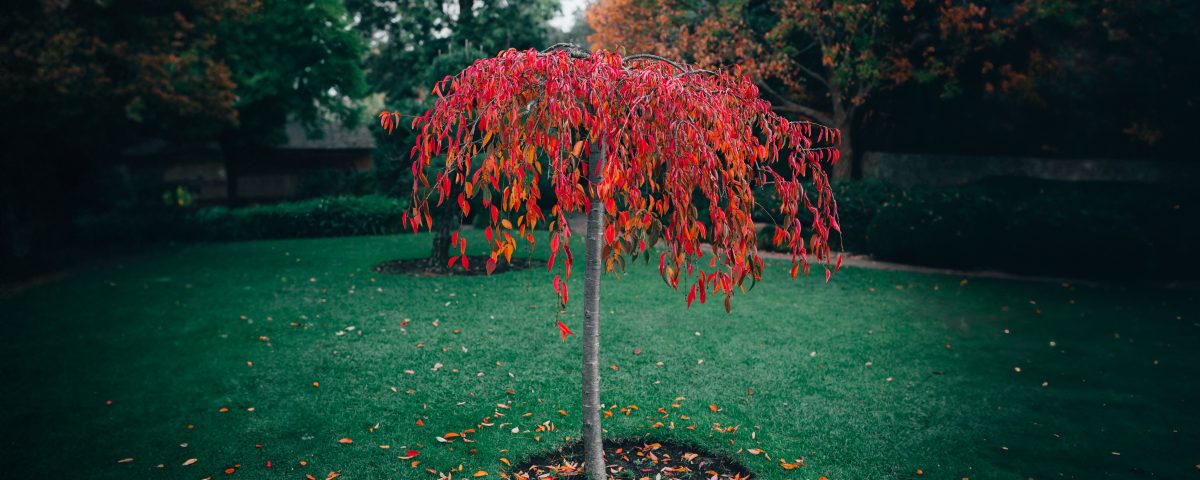Pruning Your Outdoor Plants

Fall Recipes
September 25, 2023
Fall Front Porch
October 17, 2023Pruning Your Outdoor Plants in the Fall
As the crisp air and vibrant foliage of autumn begin, you may ask yourself, is it time to prune my yard plants? Pruning is a vital task to ensure the health and beauty of your garden as you transition from summer to fall. But, pruning too much can be a hazard to your plants. And pruning at the wrong time can also be disastrous. Here are a few tips for best practices for pruning your outdoor plants in the fall.
Timing Matters
Timing is crucial when it comes to fall pruning, and it can vary depending on your location and climate. In Ontario, where autumn weather can be brisk, it’s essential to choose the right time for pruning. This will ensure that your plants are well-prepared for the long winter ahead.
The ideal time for fall pruning in Ontario generally falls between late September and mid-October. This timing allows you to take advantage of the cooler temperatures while ensuring that your plants have ample time to heal before the first hard frost. Pruning too early in the fall can stimulate new growth that may not have a chance to harden off. This makes your plants more vulnerable to frost damage. Conversely, waiting too late into the fall may leave your plants exposed to the cold and winter winds.
Keep an eye on local weather forecasts. Frost begins to affect plants in mid to late fall. Many perennial plants naturally start to enter a state of dormancy. During this time, the foliage often begins to die back, turning brown or yellow. This period is an ideal time for pruning and cutting back.
Assess the Need for Pruning
Before you grab your pruning shears, take a close look at your plants. Identifying the specific branches that require pruning is crucial to the health of your garden. Start by looking for branches that fall into three categories: dead, damaged, or diseased. Dead branches are not only unsightly but can also attract pests and disease. Damaged branches, whether from storms or pests, should be removed to prevent further harm to the plant. Diseased branches can spread illness to the rest of the plant and should be promptly cut away. Additionally, if your plants have grown unruly or are encroaching on paths or structures, consider thinning them out to maintain a neat appearance.

Choose the Right Tools
High-quality pruning shears, loppers, and saws are essential for effective pruning. Well-maintained tools ensure clean cuts, which are crucial for plant health. Sharp tools make the pruning process easier and less stressful for your plants. Dull blades can cause tearing and crushing of plant tissue, making it harder for the plant to heal. Before you begin, clean your tools to prevent the spread of disease between plants. If you’re not confident in your tool maintenance skills, consider having your tools professionally sharpened.
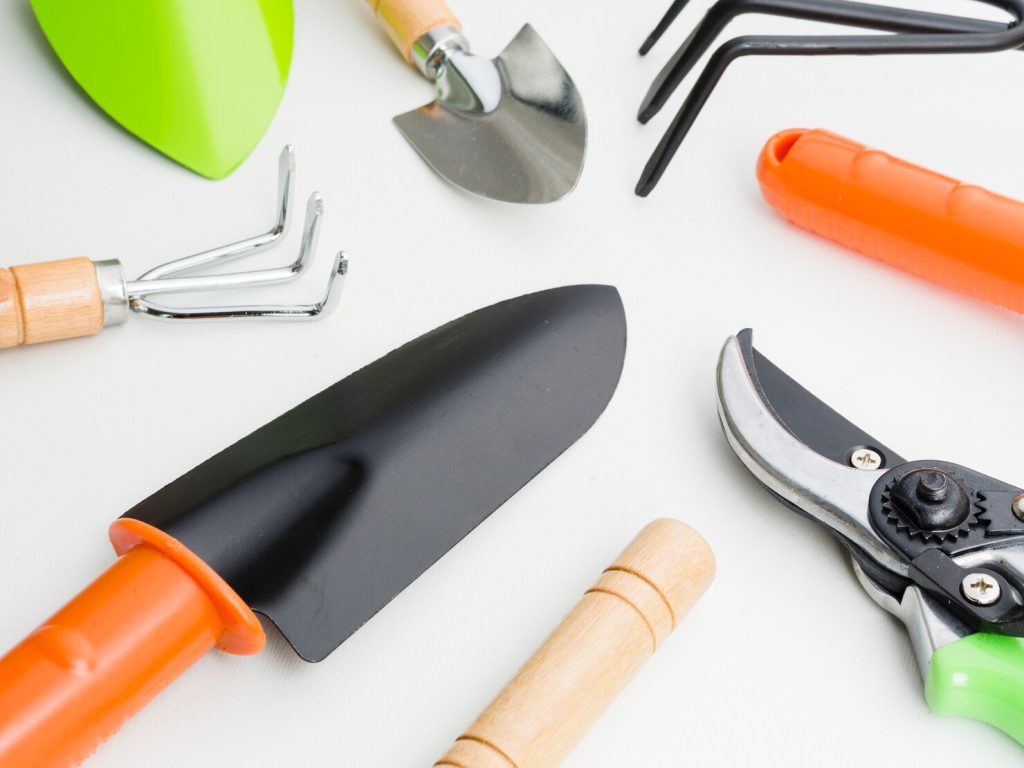
Be Selective
When pruning, focus on removing the branches that serve no purpose or hinder the overall health of the plant. Start with the “Three D’s”: Dead, Diseased, and Damaged branches. Dead branches are easy to identify, as they lack leaves or show obvious signs of decay. Diseased branches may have discolored or spotted leaves, and damaged branches may be bent or cracked. Remove these first to improve the plant’s overall health. Once you’ve addressed these issues, consider thinning out crowded areas to improve air circulation and sunlight penetration.
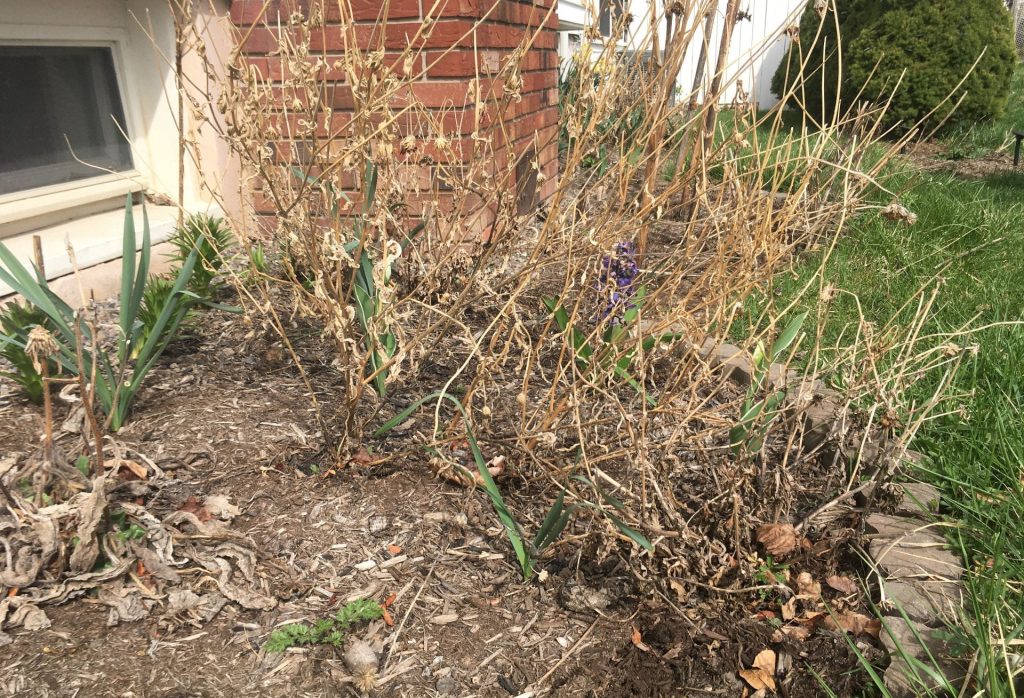
Maintain Shape and Size
For many plants, it’s essential to maintain their natural shape and size while pruning. Altering a plant’s natural form too drastically can cause shock and stress. When pruning, follow the plant’s natural growth pattern as closely as possible. If you need to reduce the size of a plant, do so gradually over a few years. Do not to remove more than 10% of the branches in a single pruning session. This approach helps prevent shock and ensures the plant can rebound in the spring, retaining its overall health and beauty.
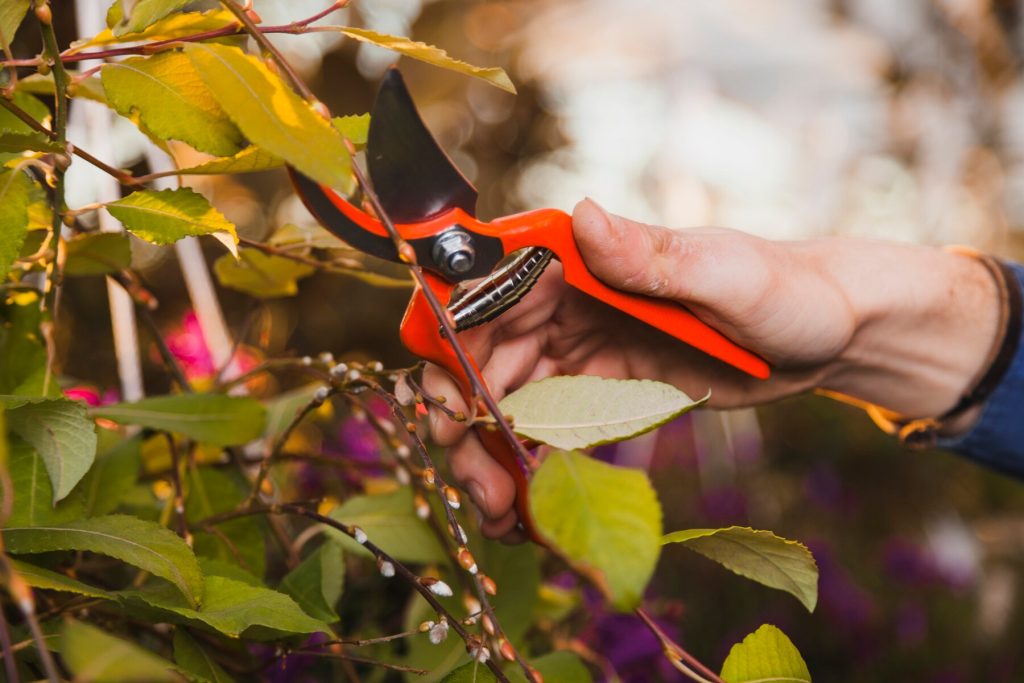
Prune Shrubs Carefully
Shrubs often require specific pruning techniques. Deciduous shrubs can generally handle more significant pruning. You can cut back up to one-third of the plant’s branches to encourage new growth and maintain a tidy shape. However, avoid cutting into old wood, as it may not produce new growth. Evergreen shrubs, on the other hand, may only need light pruning to remove dead or unruly growth. Be sure to research the specific needs of the shrubs in your garden to determine the best approach.
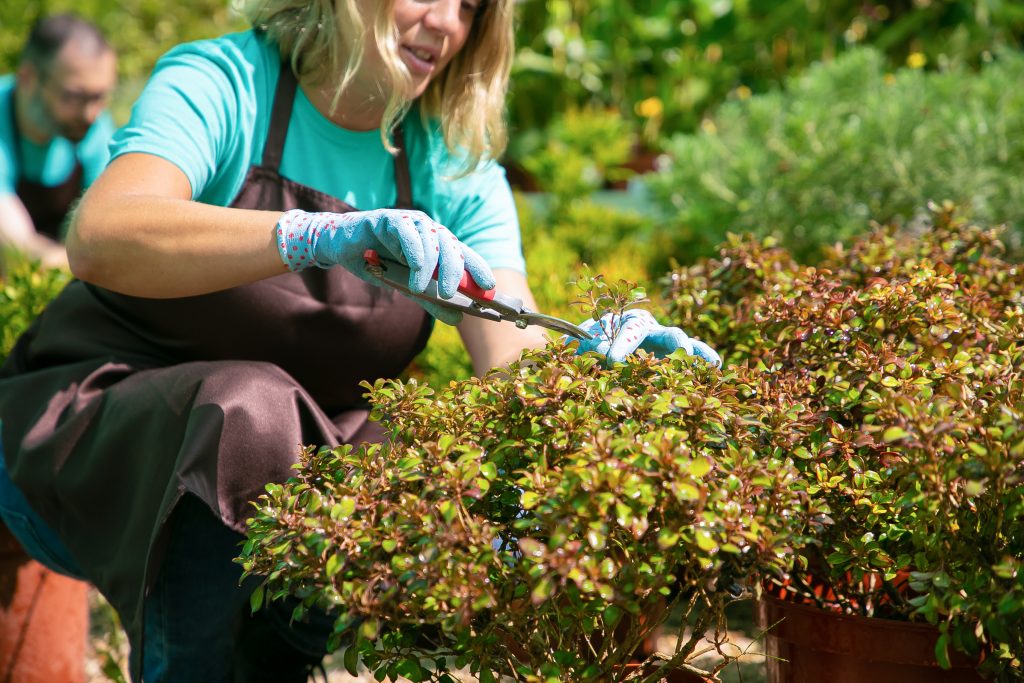
Clean Up Debris
After you’ve finished pruning, it’s essential to clean up the fallen leaves and branches. This step helps prevent the spread of disease and pests during the fall and winter months. Diseased or infested plant material should be disposed of properly rather than added to compost piles. Cleaning up debris also keeps your garden looking neat and tidy.
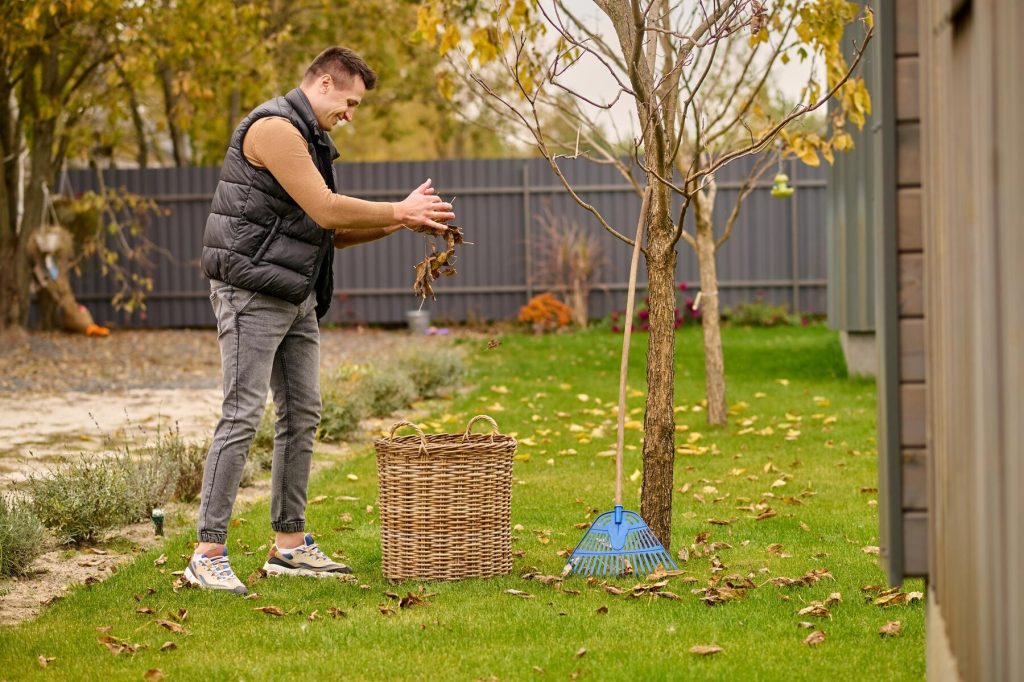
Consider Consulting an Expert
If you’re unsure about the pruning needs of specific plants in your garden, don’t hesitate to consult a local horticulturist or arborist. These experts have in-depth knowledge of the plants in your region and can provide guidance tailored to your unique circumstances. They can help you identify the best time to prune and offer advice on the best techniques for each plant species. Their expertise can be invaluable in maintaining a healthy and thriving garden. A few experts in the area are Robert Plante Greenhouses, Ottawa Lawn Salon, Manotick Gardens & Landscaping and Milliken Landscaping.

In Conclusion
In the garden, the first light frosts signal a gentle transition toward dormancy for many perennial plants. It’s during this magical time that we find the ideal window for late fall pruning.
In the late fall, as you embark on your pruning journey, do so with a sense of purpose and respect for the cycles of nature. Approach your plants with a gentle hand, acknowledging their role in the beauty of your garden and the interconnected web of life. As you trim away the old, you’re making room for the new. Setting the stage for a garden that will awaken with renewed vitality and splendour in the coming spring.
So, embrace the late fall pruning advantage with confidence and appreciation. Your garden will thank you with growth and beauty in the seasons to come.
Happy pruning, and may your garden continue to flourish in every season!


